Blog Detail
Table of Contents
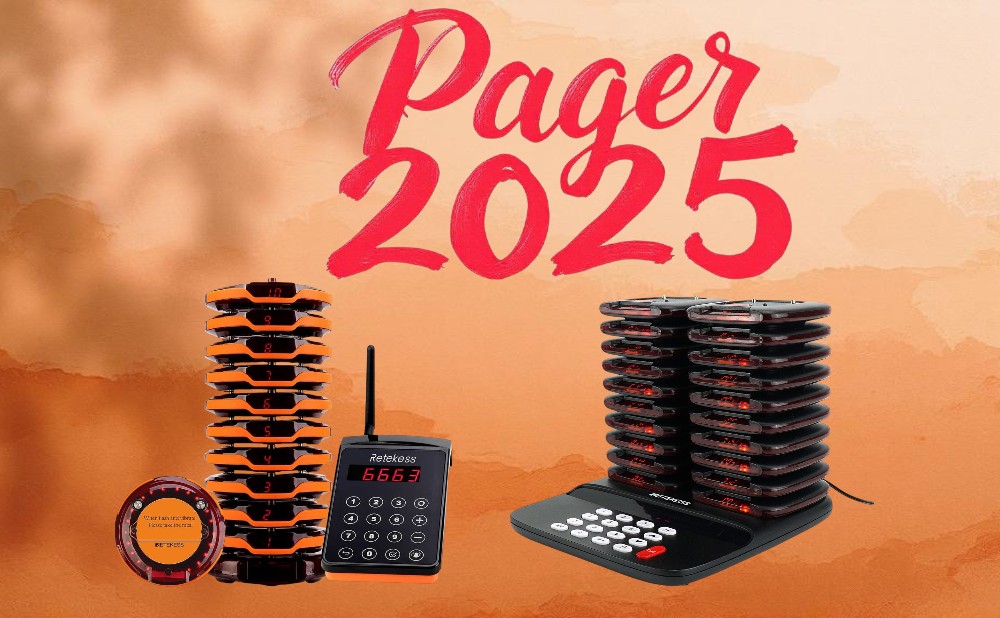
Pager 2025
- Sophia
- Jun 23, 2025
- 0 Comments
Black Friday 2025 is here! Pager system has great deals, so hurry and join in!
In the fast-paced world of 2025, where smartphones, social media, and instant messaging dominate communication, it may seem unfathomable to think of pagers as relevant again. However, as technology evolves and the global landscape shifts, the pager—a once-forgotten communication device—is making a surprising comeback. This resurgence is not merely about nostalgia for the past; it’s about adapting an old technology to meet new challenges.
The Pager 2025 phenomenon is not just a technological revival—it is a reflection of the times we are living in. The rise of trade wars, political upheaval, and technological innovation is reshaping industries across the world. The pager, once a symbol of the 1990s, is being resurrected as a critical tool for urgent communication, offering an alternative to the chaos of modern mobile communication systems.
In this blog, we will explore the resurgence of pagers in 2025 and how they are emerging as an essential communication tool in the age of geopolitical conflicts, technological disruption, and the noise of modern communication.
Why Pagers Are Making a Comeback in 2025
To understand the Pager 2025 revival, we first need to acknowledge the changing needs in communication. In the early days of smartphones, the cell phone quickly became the go-to device for communication. However, the increased use of smartphones, coupled with the rise of spam calls, robocalls, and the overwhelming number of notifications, has created a communication crisis. This crisis is where the pager steps in.
In 2025, pagers are no longer competing with smartphones but instead are complementing them. Pagers are designed to cut through the noise of everyday notifications and alert users to urgent, critical messages. The real strength of the pager lies in its ability to stand out in an era where too many distractions make it easy for important messages to be overlooked.
For industries like healthcare, emergency services, and tech, where communication is a matter of life or death, pagers offer a simple and effective solution. Unlike smartphones that are bogged down with endless notifications, pagers deliver high-priority messages with ease. They are specifically designed to differentiate urgent messages from routine communication, ensuring that critical messages are never missed.
The Political Storm: Pagers and Geopolitical Tensions
One of the key drivers behind the resurgence of pagers is the changing political climate. In the wake of intense trade wars, particularly the policies surrounding President Trump’s second term, companies in the U.S. and beyond are scrambling to find ways to adapt to shifting supply chains and growing geopolitical instability. As part of these efforts, businesses are turning to pagers as a reliable communication tool that can sidestep some of the challenges posed by the global political storm.
In 2025, U.S. tariffs on imported components—especially those sourced from China—have prompted many companies to localize their production. Pagers, once reliant on international suppliers for their components, are now being built with domestically sourced quantum radio chips and modular designs that can easily bypass tariff constraints. This shift is not just about cost-efficiency; it’s about ensuring that crucial communication systems remain intact despite political challenges.
For example, U.S.-manufactured pagers are now being equipped with features like noise-resistant designs, AI-driven energy optimization, and even self-healing circuits, ensuring they continue to work seamlessly in environments disrupted by political volatility and trade restrictions. This adaptation has allowed pagers to maintain their relevance in industries such as healthcare, emergency services, and industrial communications—areas that cannot afford communication delays.
Pagers in the Age of Tech Innovation
While political factors have certainly played a role in the pager's resurgence, technology is another driving force. The growth of AI, machine learning, and quantum computing has breathed new life into what was once considered an outdated tool. Today’s pagers are not the simple devices of the past—they are being integrated with cutting-edge technologies to meet the demands of the 21st century.
In 2025, pagers are equipped with advanced features like AI-powered message prioritization, quantum encryption for secure communication, and noise-resistant technology that allows them to function in environments filled with industrial interference. For example, Tesla’s Nevada Gigafactory has deployed noise-immune pagers that can withstand interference from 5G signals, robotic welders, and other factory machinery. These pagers are designed to ensure that critical messages can be received, even in the most challenging environments.
Moreover, pagers are now part of the growing trend of decentralized tech. With privacy and security concerns on the rise, pagers are offering a solution that bypasses the vulnerabilities of smartphones. For businesses and individuals who need to keep their communications secure and private, pagers are an attractive option.
The Role of Pagers in Public Safety and Healthcare
Pagers devices have long been a staple in the healthcare sector. Doctors, nurses, and emergency responders rely on pagers because they are reliable, provide instant alerts, and maintain privacy. In 2025, pagers are still the preferred communication tool for healthcare professionals who need to stay connected without exposing their personal cell phone numbers.
In addition to healthcare, pagers are also playing a critical role in public safety. Police officers, firefighters, and other emergency responders depend on pagers to receive urgent notifications and stay connected during critical situations. The resurgence of pagers in these sectors reflects their ongoing importance in environments where reliability and urgency are paramount.
But it’s not just healthcare professionals and emergency workers who benefit from pagers. As geopolitical tensions rise and governments take increasingly stringent measures, such as banning cell phones in certain areas, pagers offer a simple and effective way for families to stay in touch. Whether it’s a parent trying to reach their child at school or a business trying to maintain contact with employees in a disaster zone, pagers provide a communication lifeline when other options are unavailable.
The Pager 2025 Toolbox: What’s Ahead?
Looking ahead to 2025 and beyond, pagers are poised to evolve further. As we continue to navigate the political and technological storms of our time, it’s clear that the pager’s role in communication will only expand. Innovations like AI-powered prioritization of messages, the integration of machine learning to filter out noise, and quantum encryption to ensure secure communication will make pagers even more indispensable.
One particularly exciting development is the potential for pagers to be integrated with emerging technologies like brainwave interfaces and self-repairing materials. These advancements could make pagers even more efficient and adaptable, ensuring that they remain a relevant tool for years to come. Imagine a scenario where pagers are able to interpret brain signals to determine urgency, or self-heal from damage in environments like oil rigs or disaster zones. The future of pager technology is not only bright—it’s filled with possibilities.
Conclusion: Pager 2025—A Critical Communication Solution for a New Era
The revival of pagers in 2025 is not just about nostalgia; it’s about recognizing that, in an increasingly chaotic world, we need communication tools that can cut through the noise and prioritize what matters most. Pagers are a key part of this solution. They provide a reliable, secure, and efficient way to communicate when other methods—like smartphones—fail to meet the demands of urgent, high-priority notifications.
In an era of trade wars, political instability, and technological disruption, pagers are proving that sometimes the best way forward is to embrace the past and adapt it to the present. The Pager 2025 phenomenon is not just a trend; it’s a critical communication revolution that is helping businesses, healthcare providers, and individuals navigate the challenges of the modern world.
As we look to the future, it’s clear that pagers will continue to play a vital role in communication, especially in industries that rely on urgent notifications. With their growing integration into AI, quantum computing, and decentralized technologies, pagers are poised to remain an indispensable tool in the world of critical communication.
In 2025, the pager is not a relic of the past—it’s a technology that is here to stay, evolving to meet the needs of a new world.


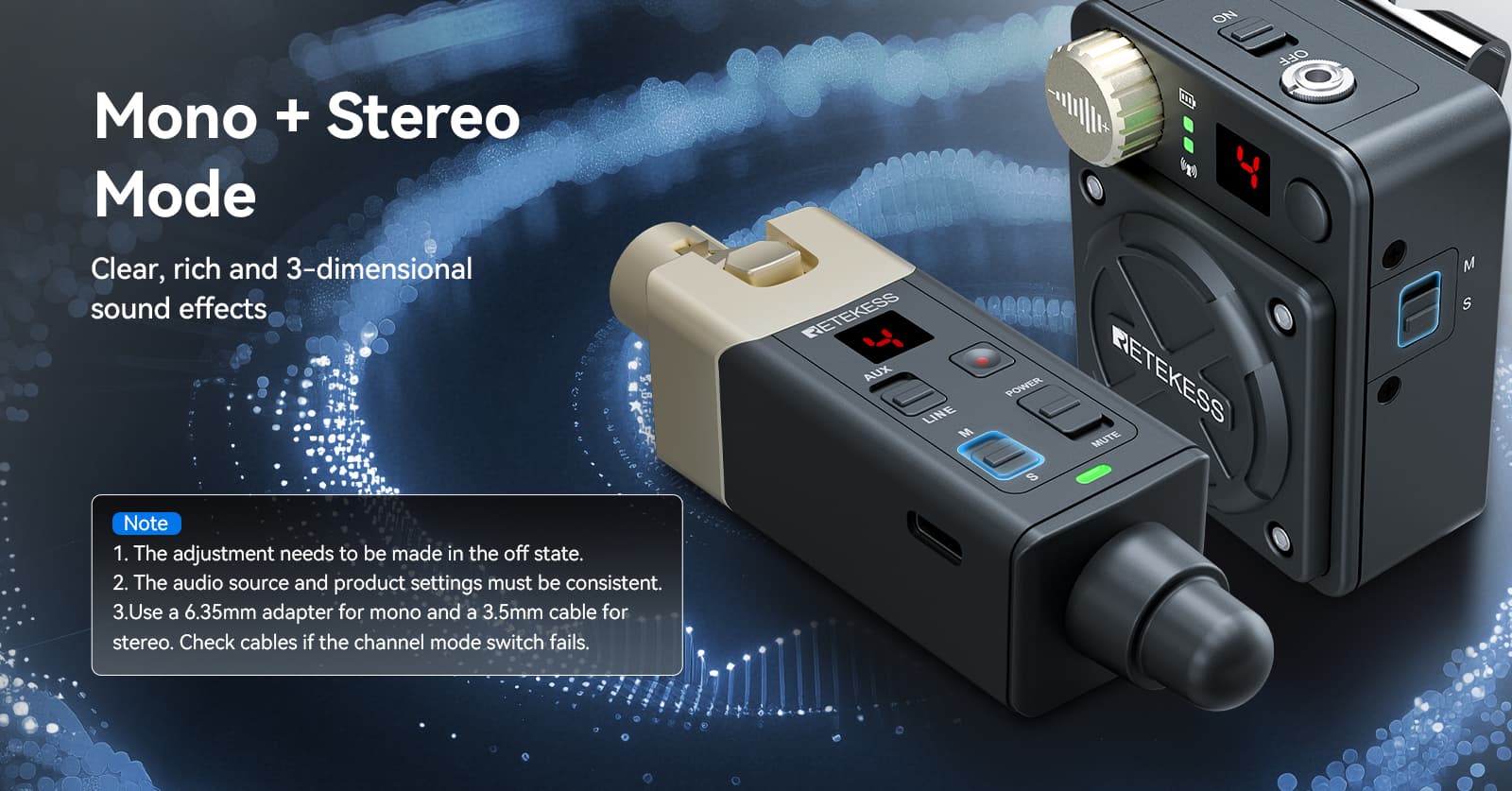


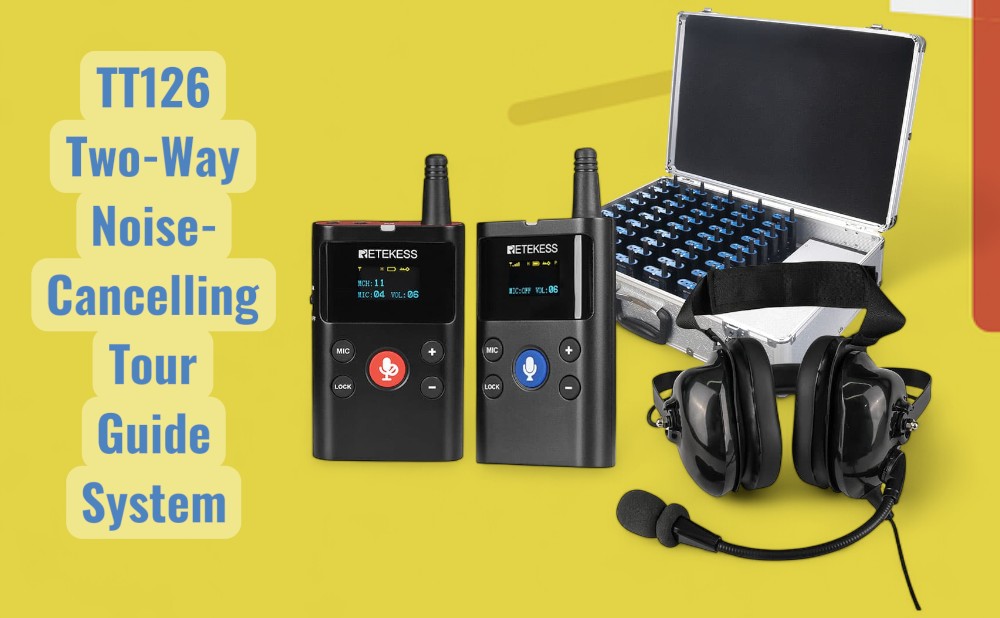
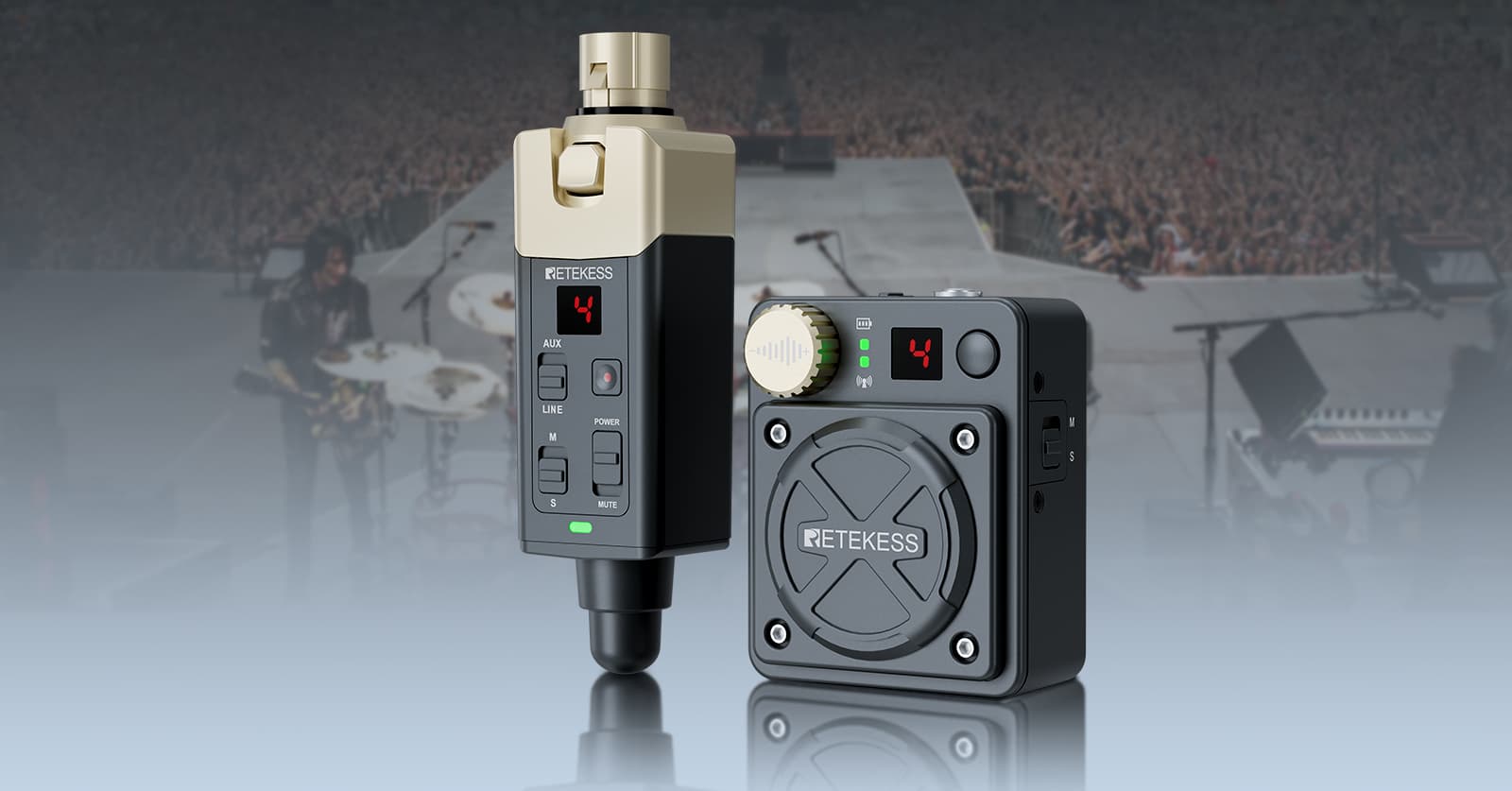



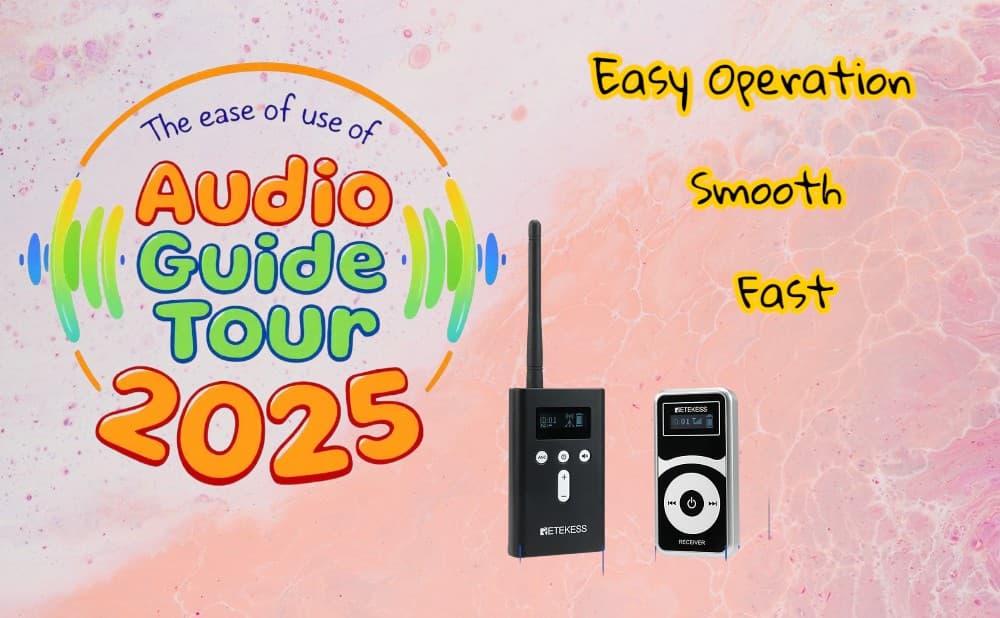

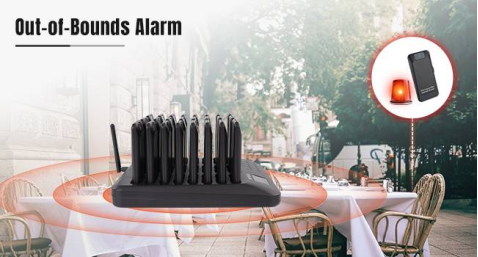


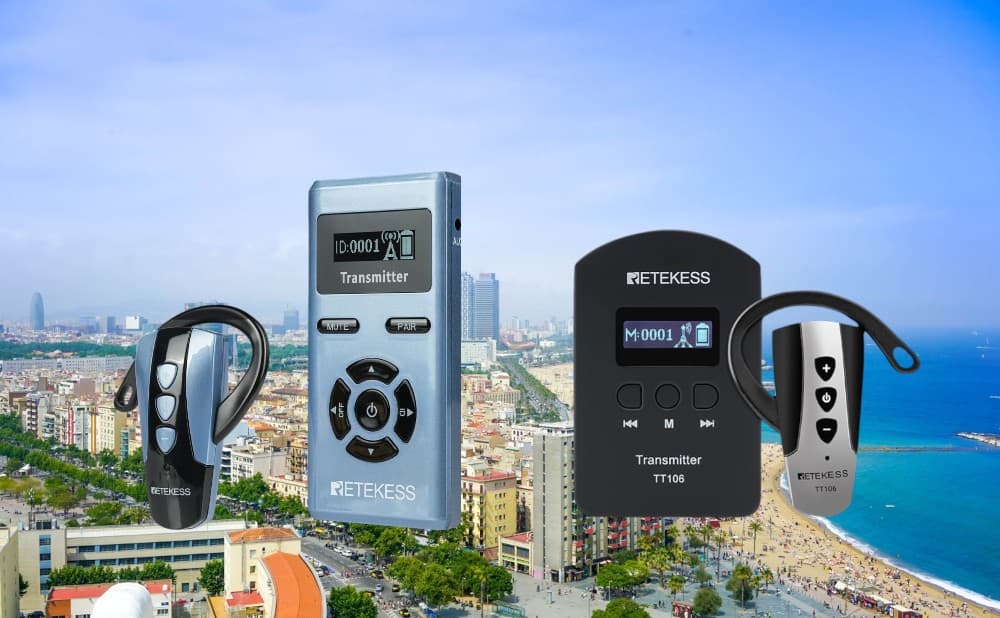
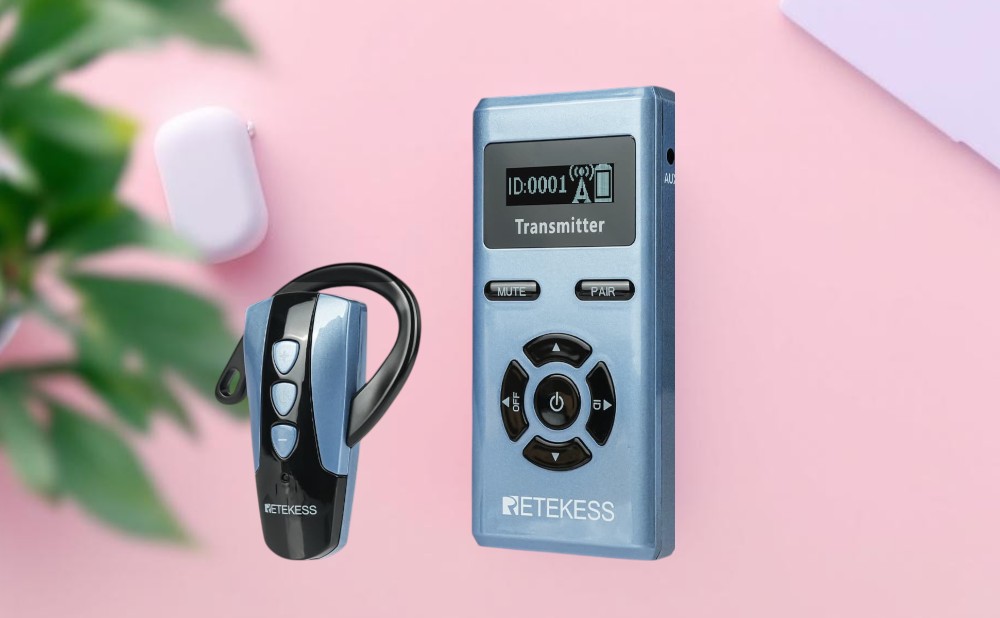





Comments (0)